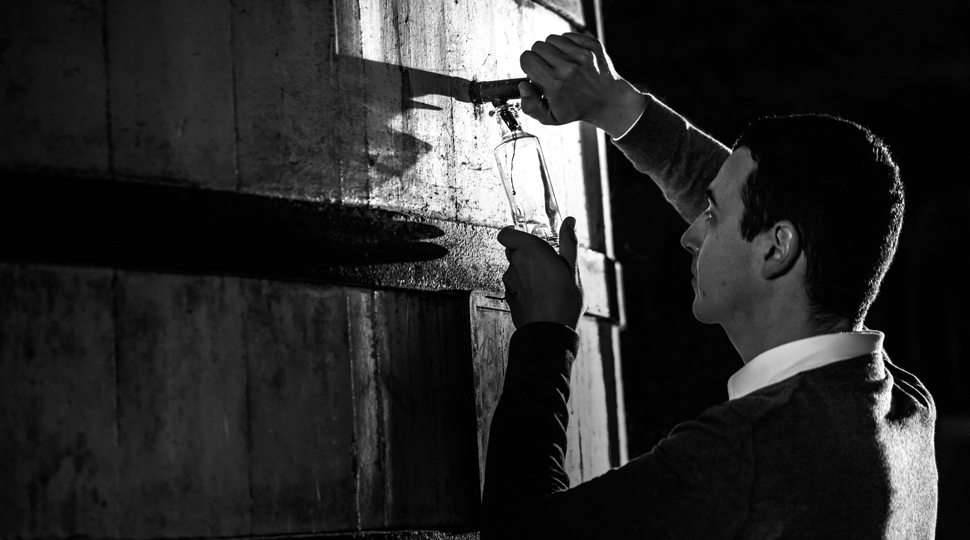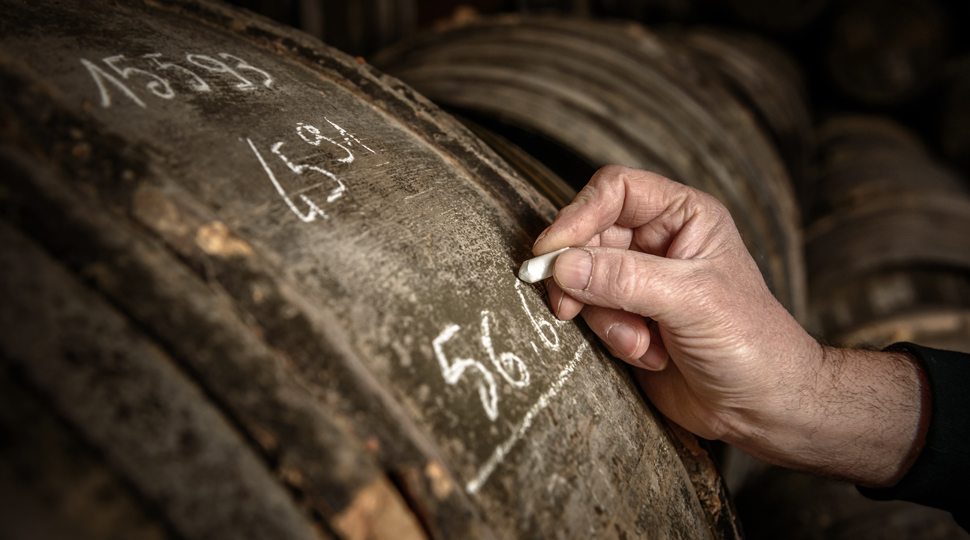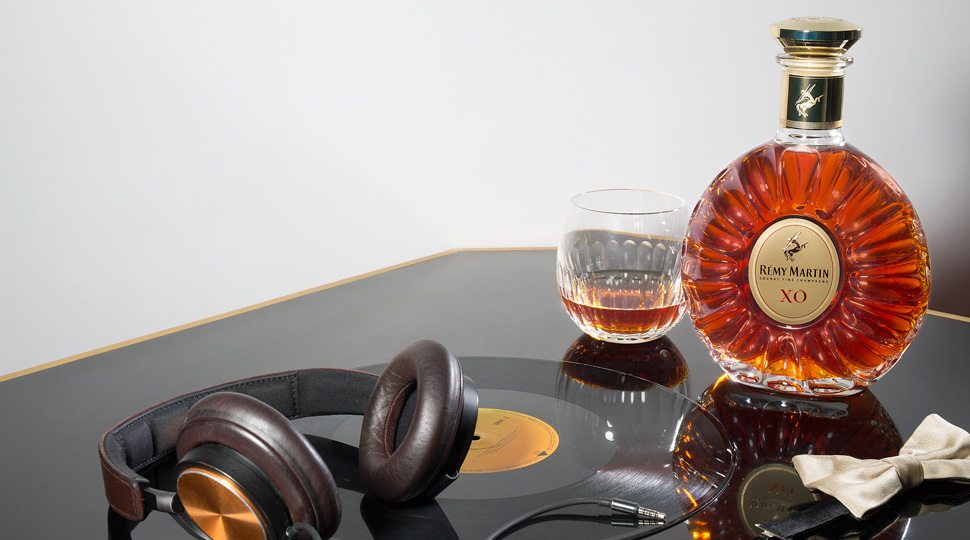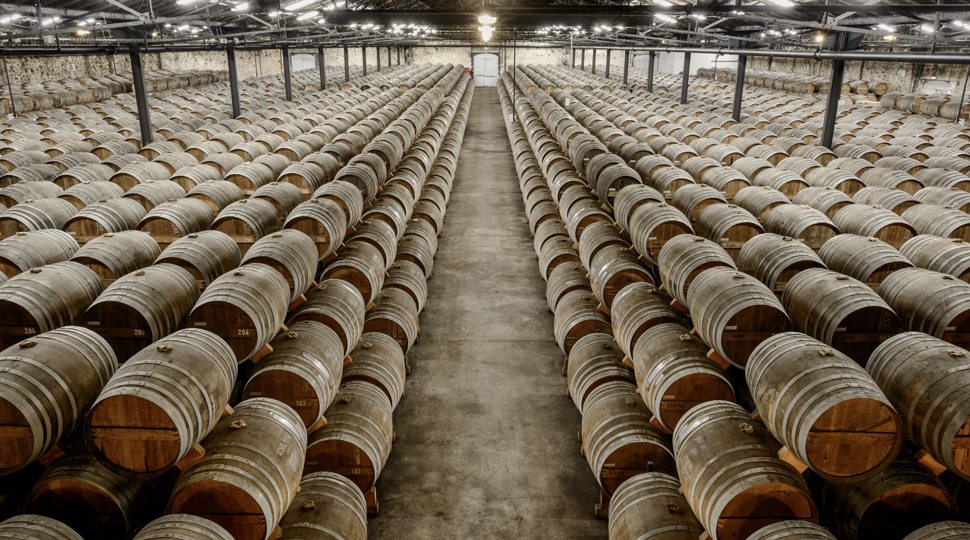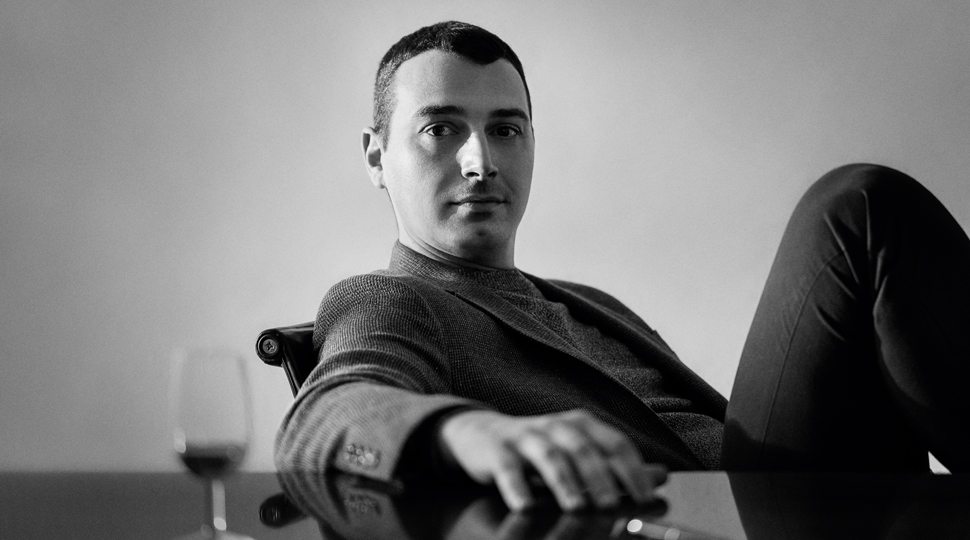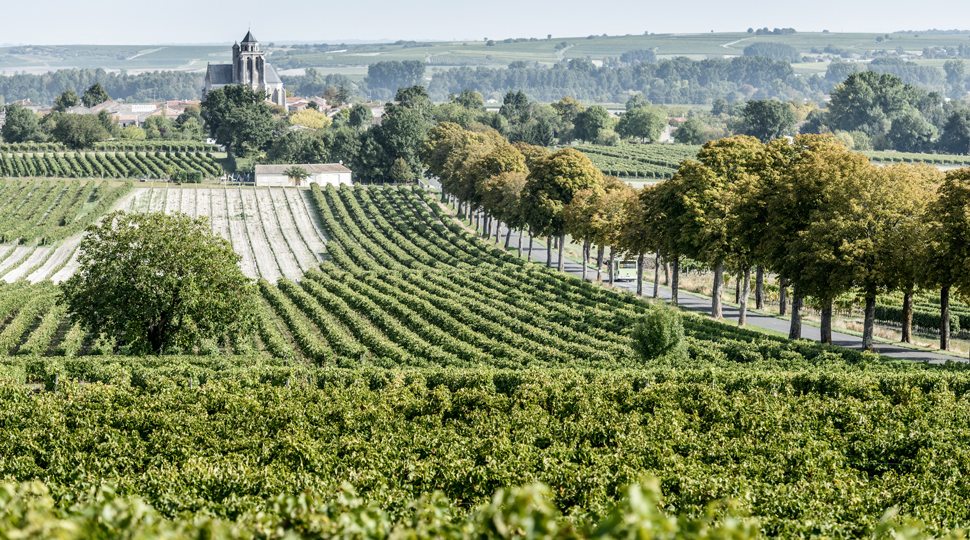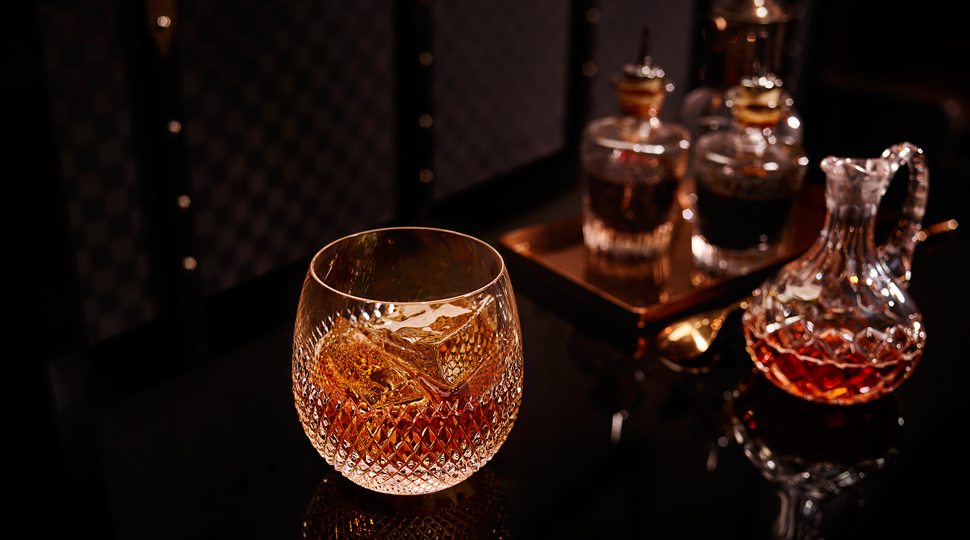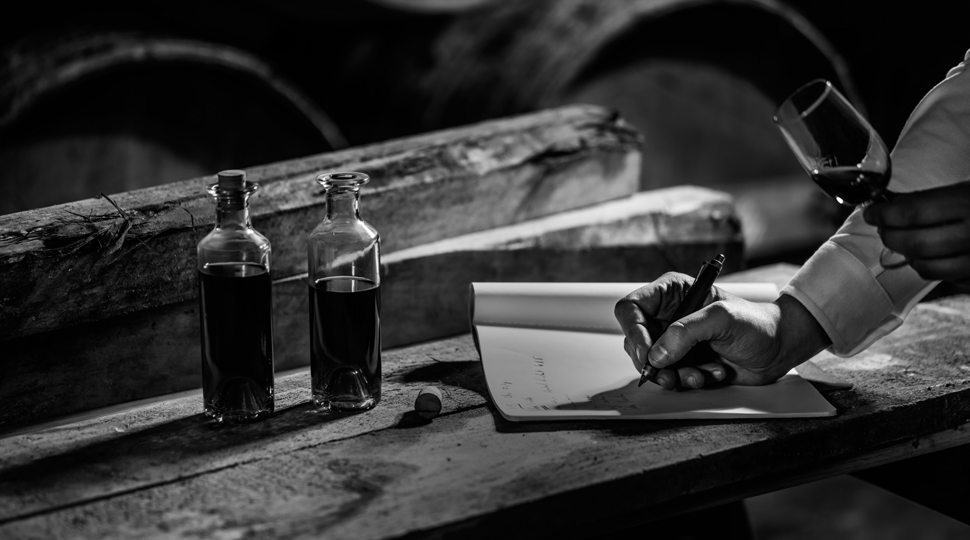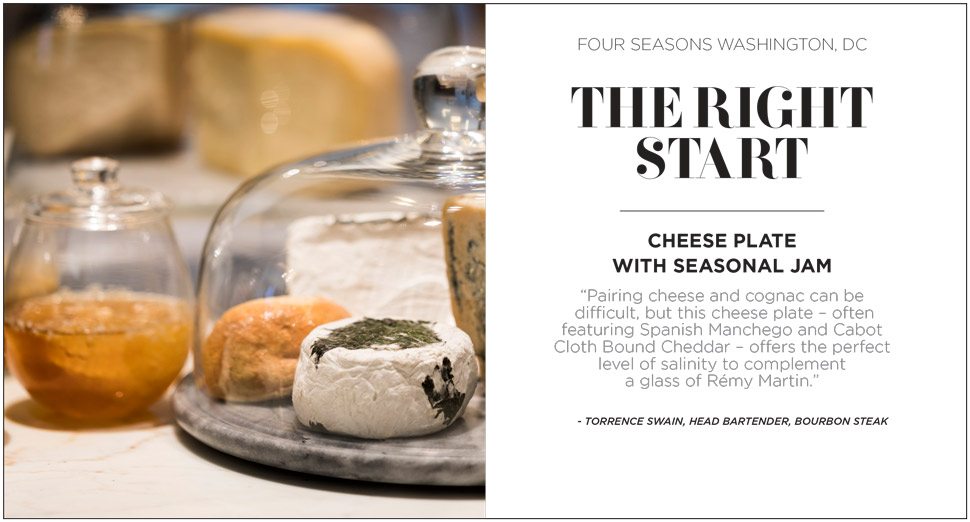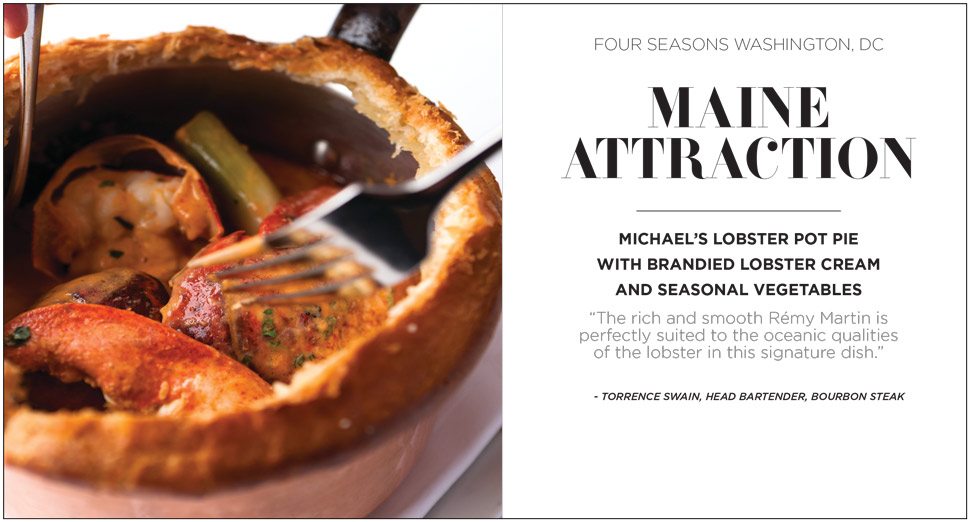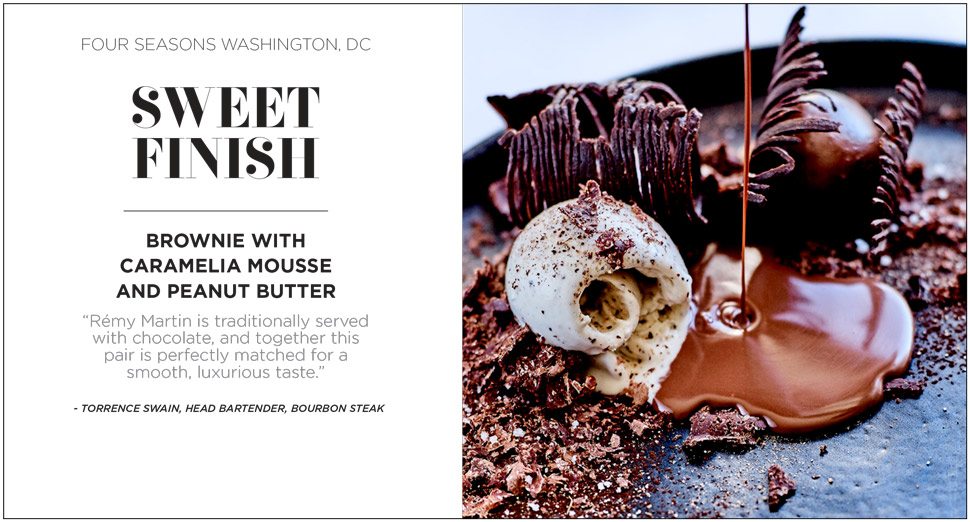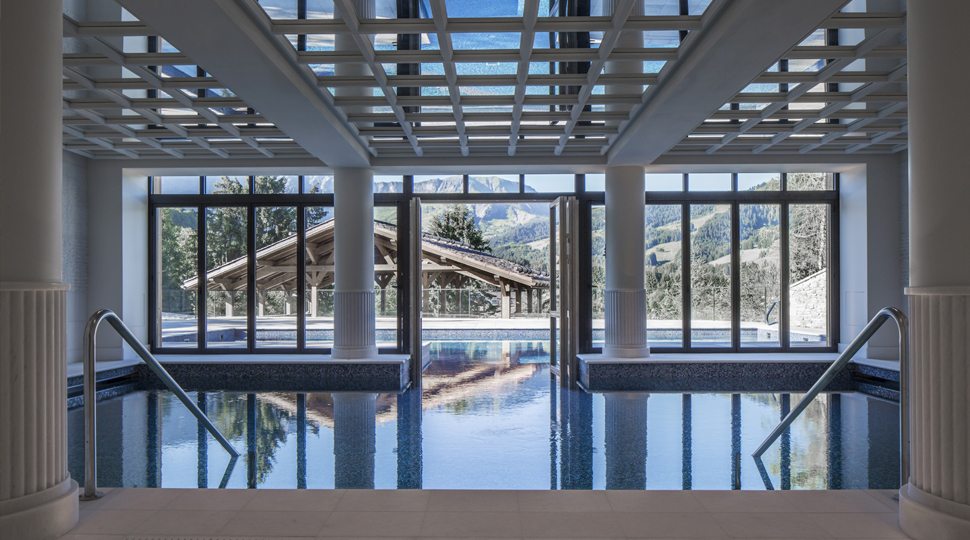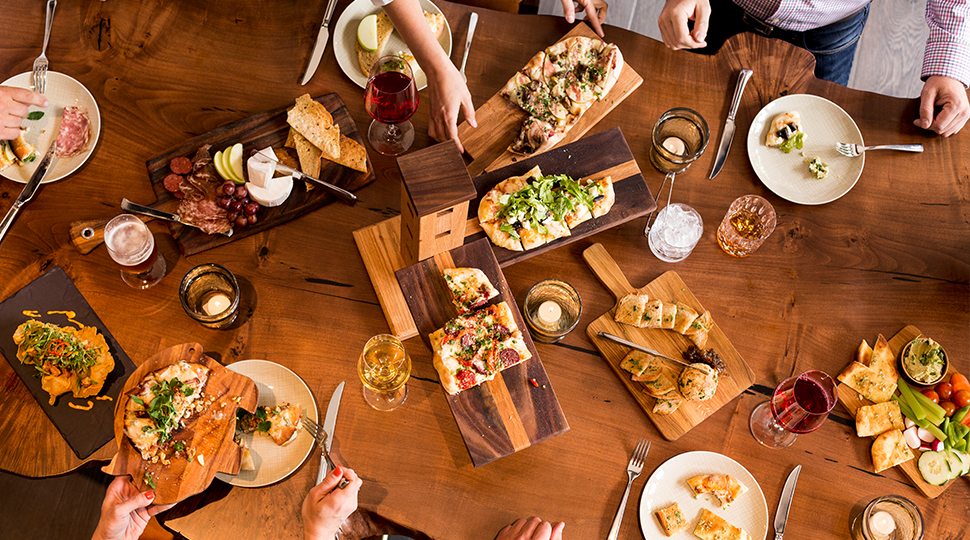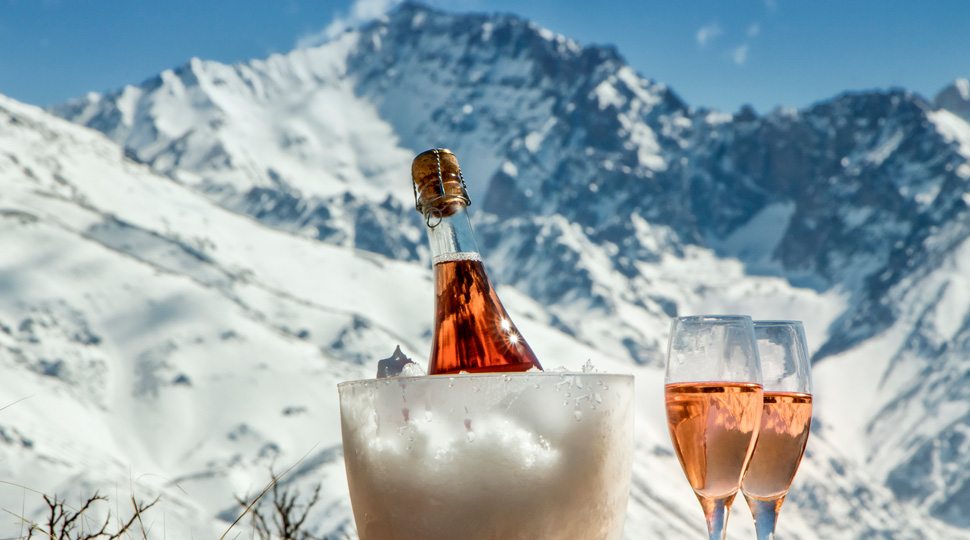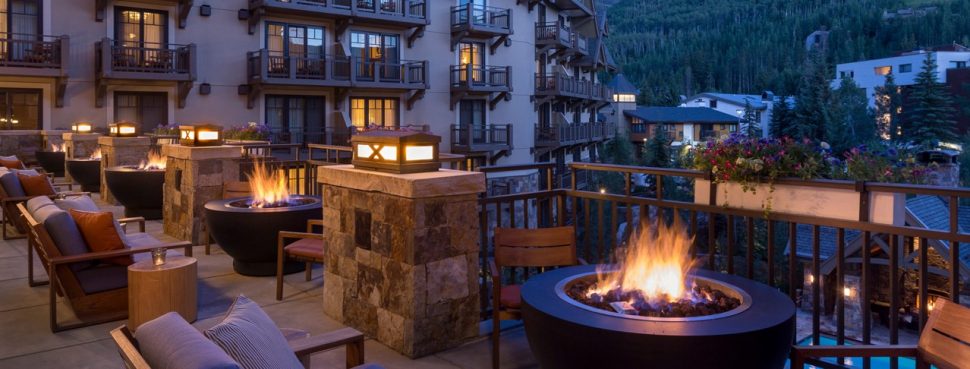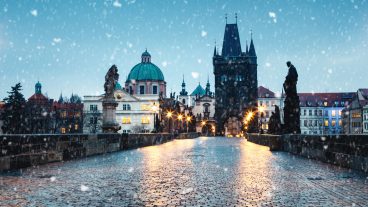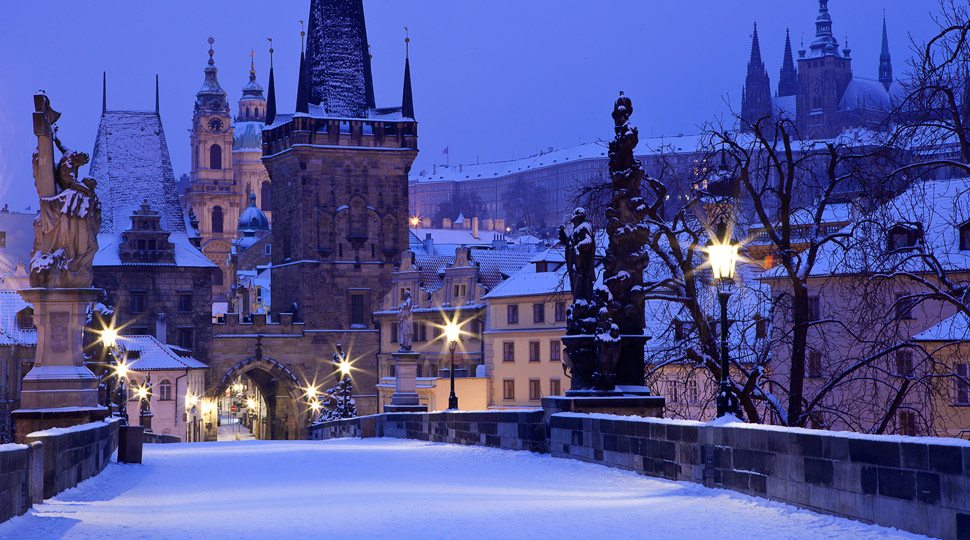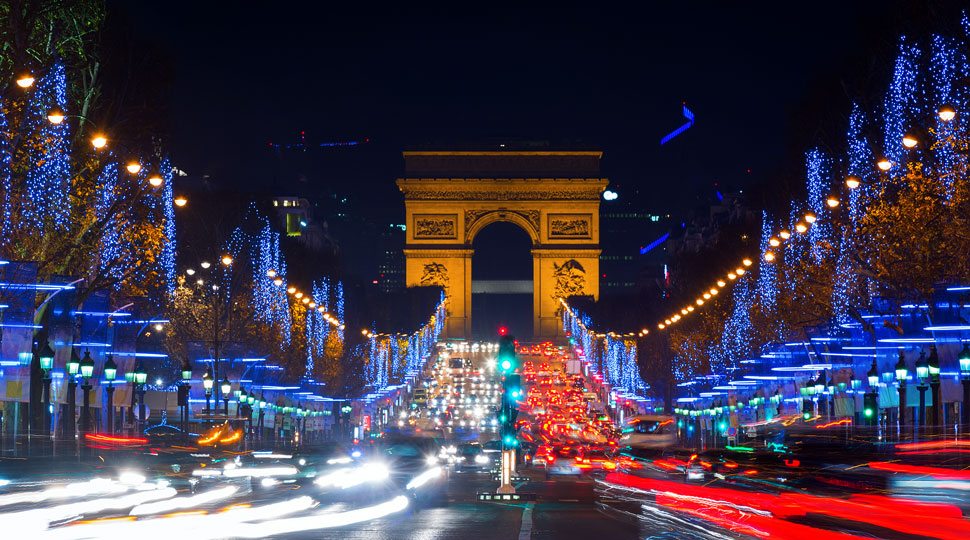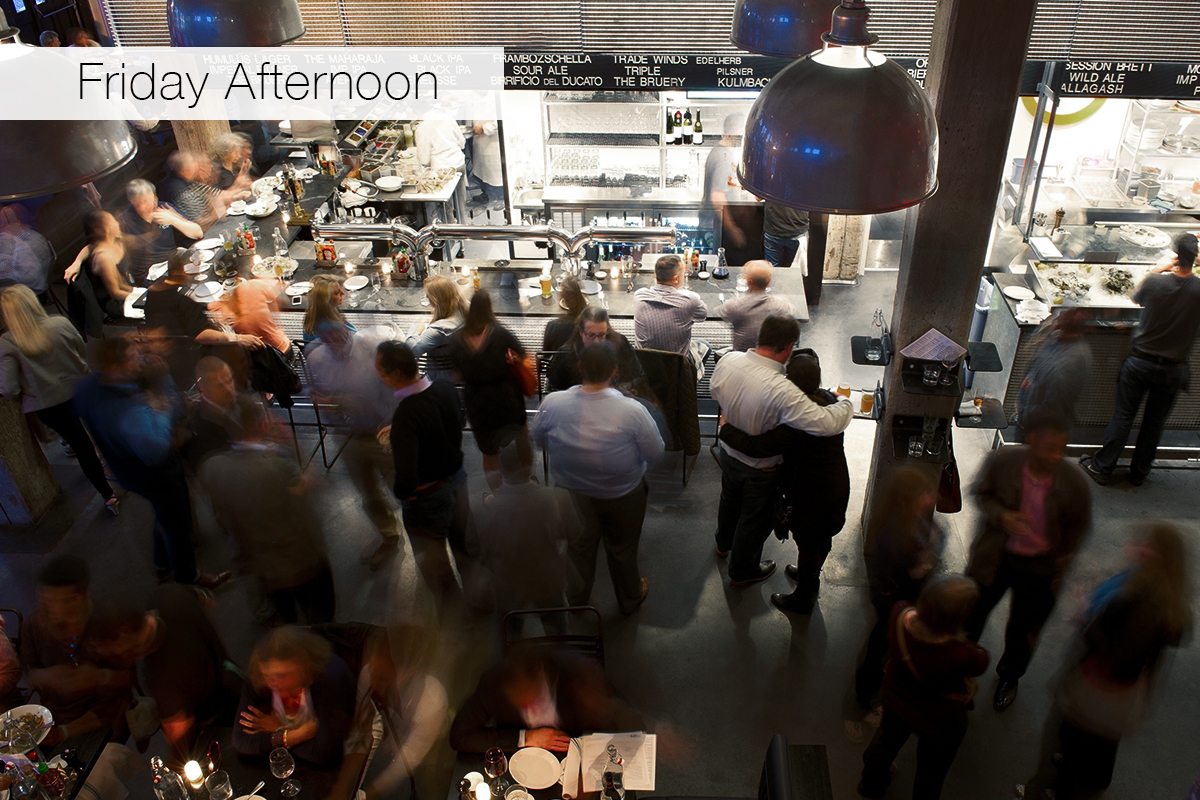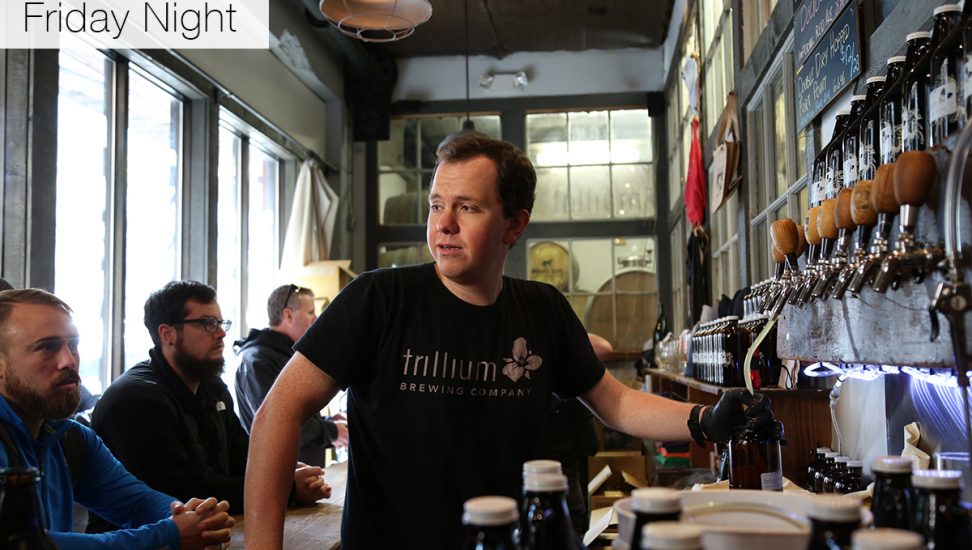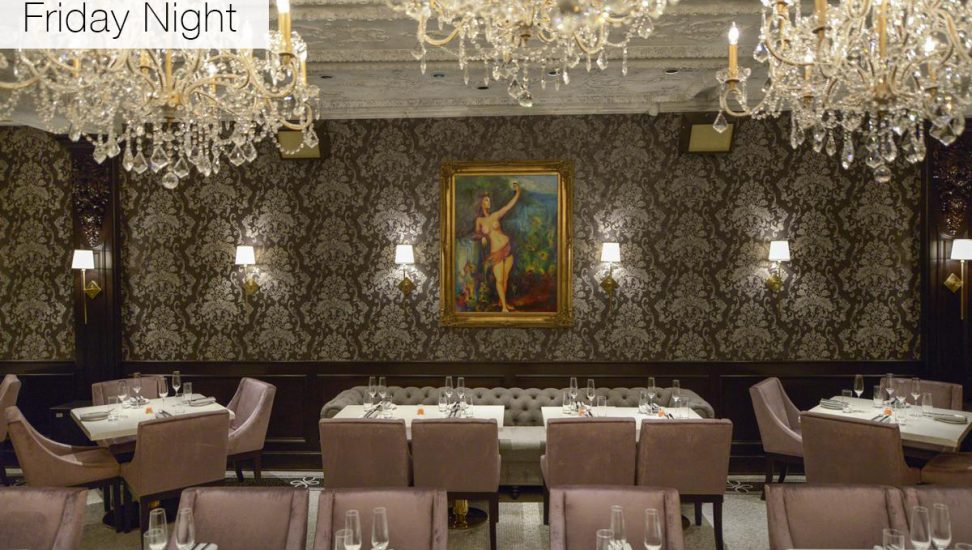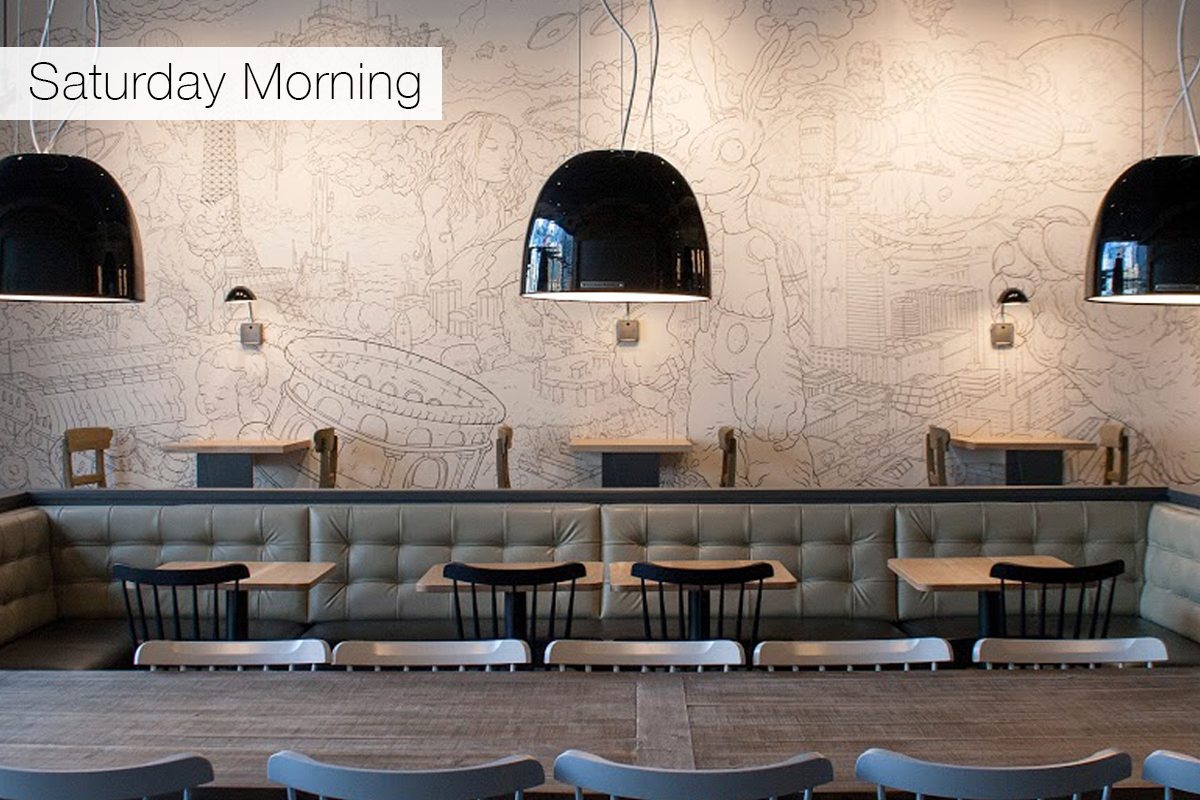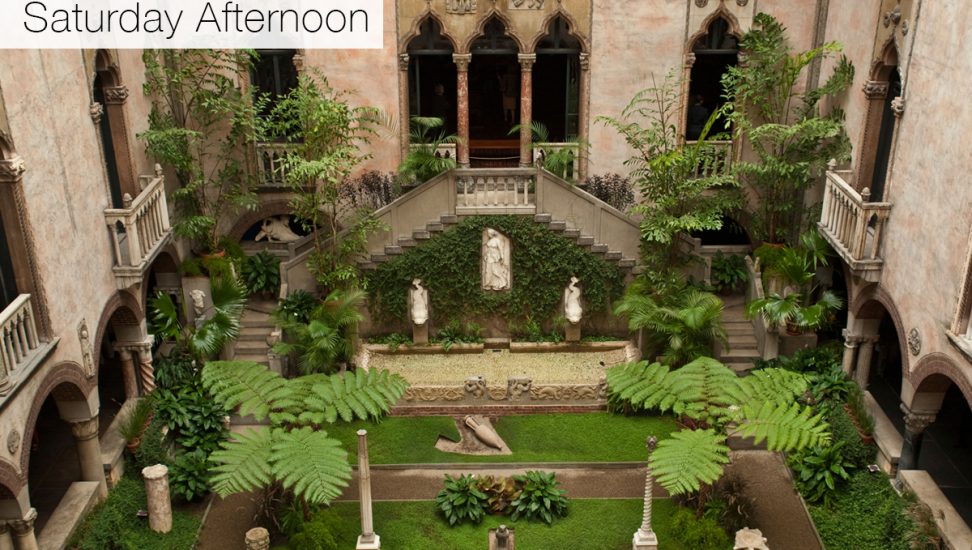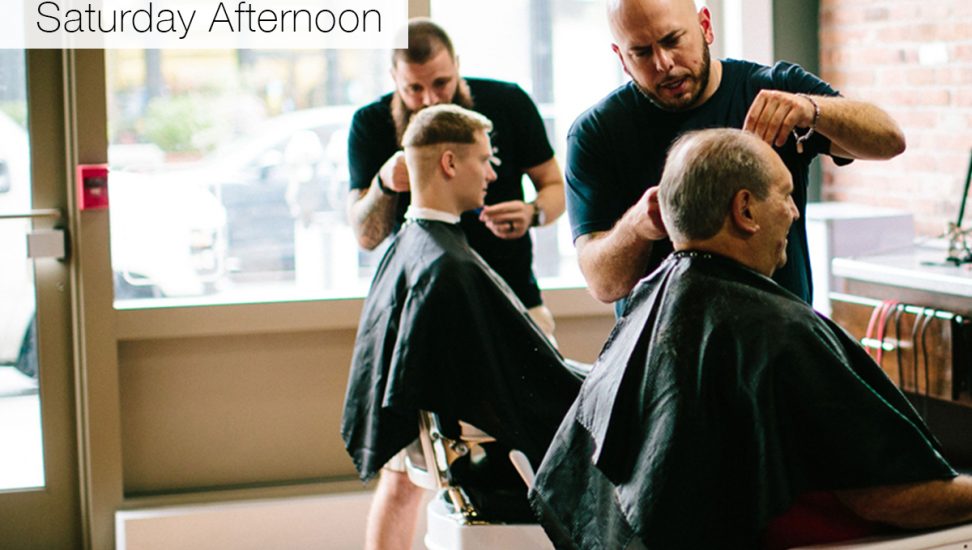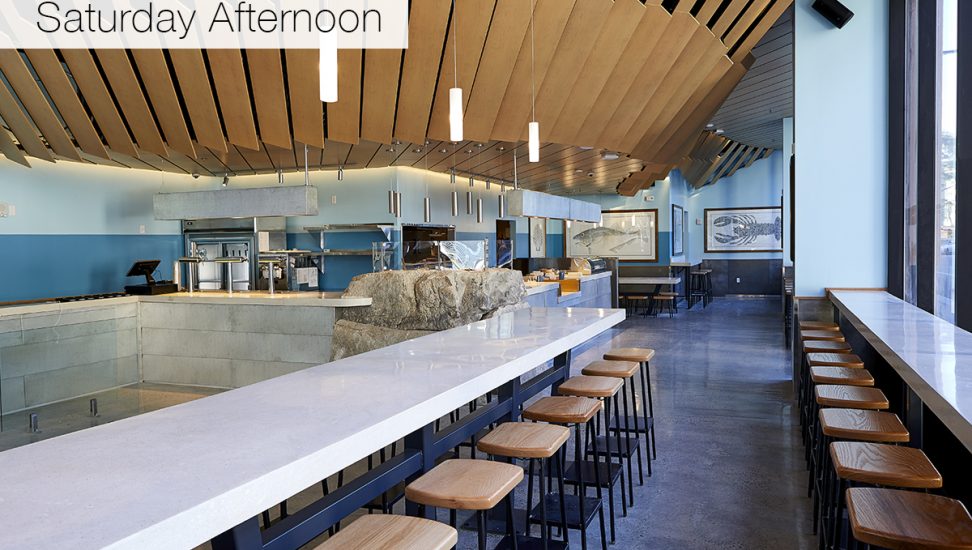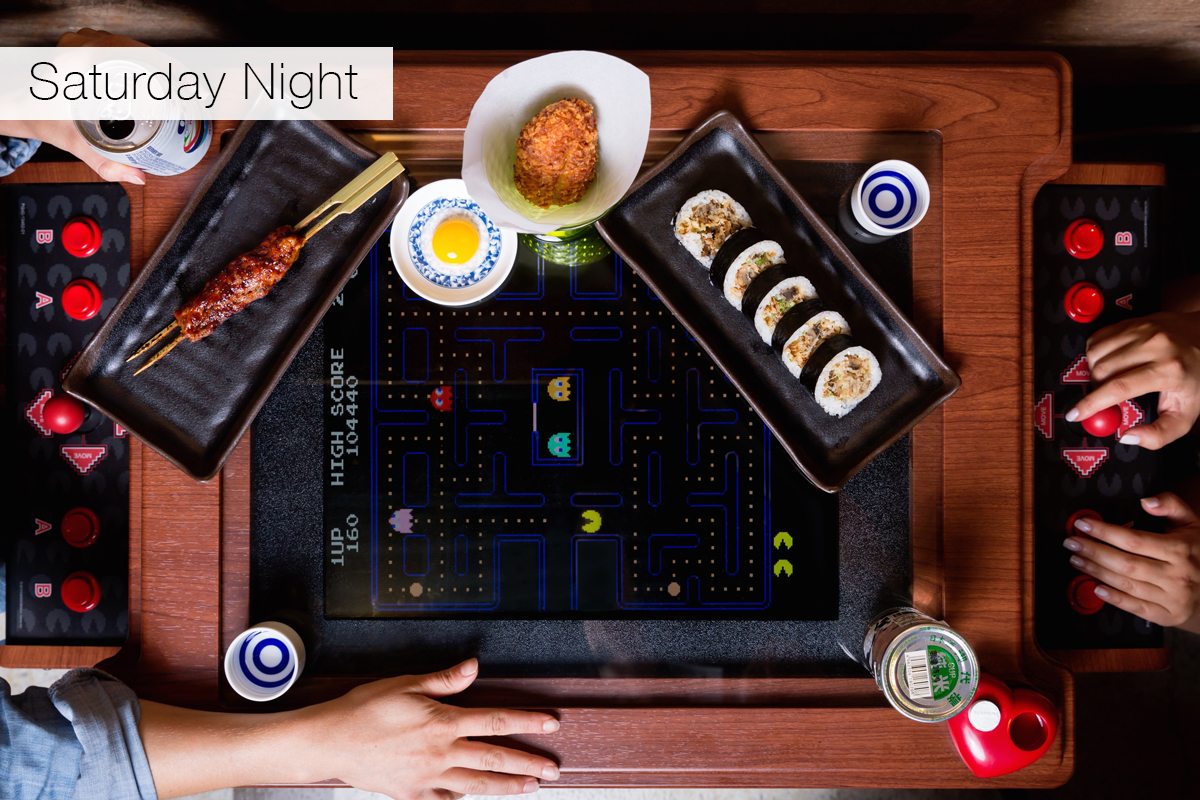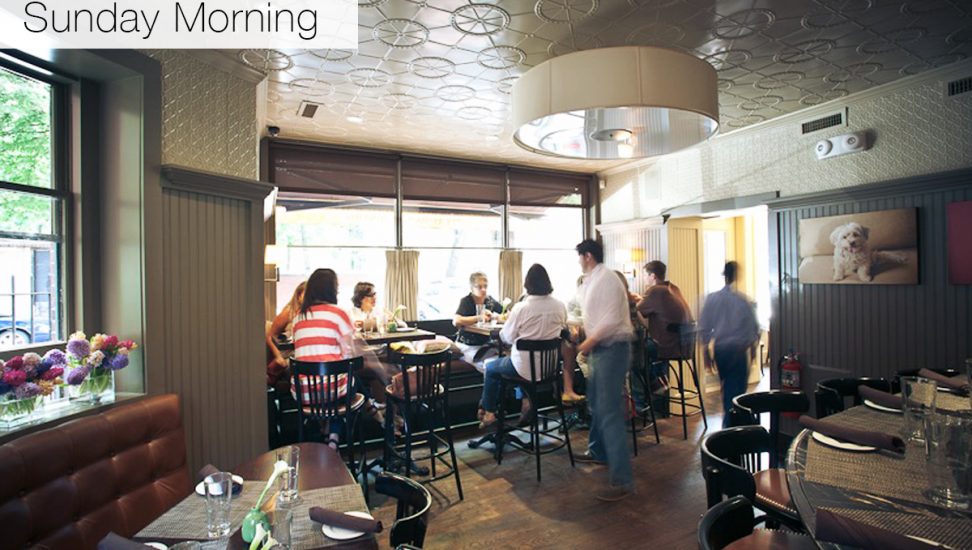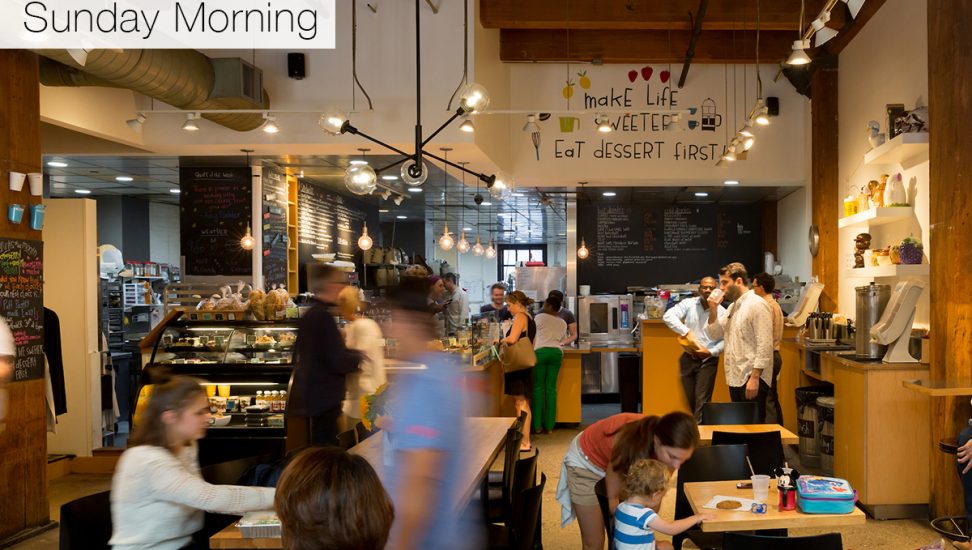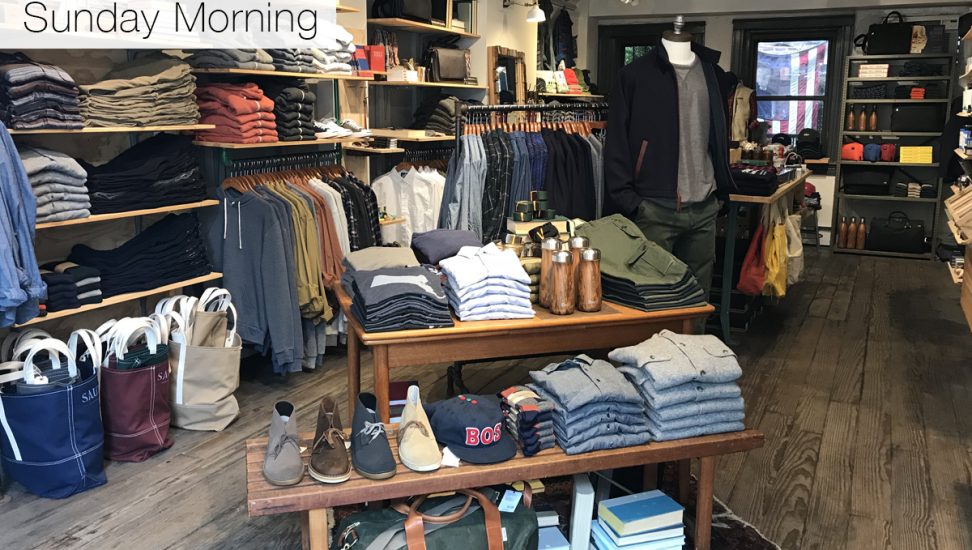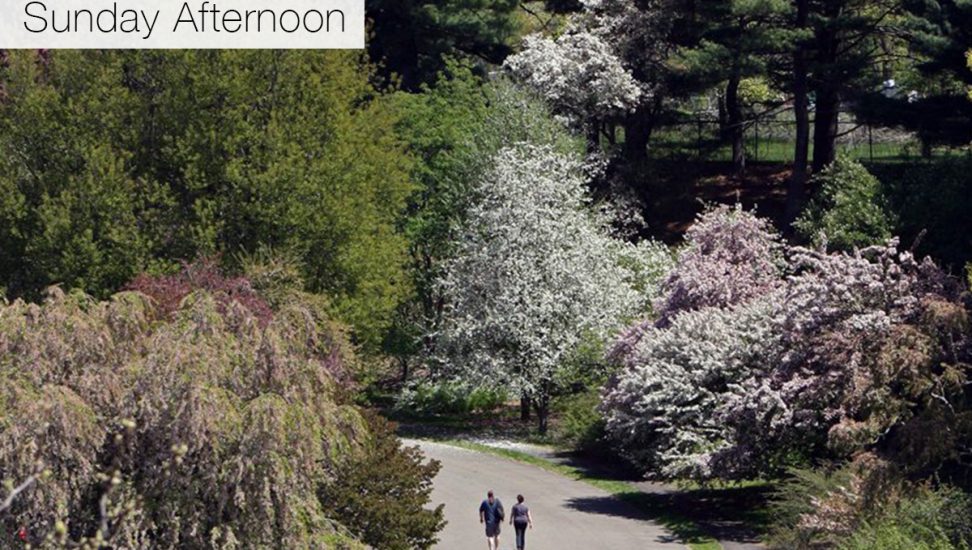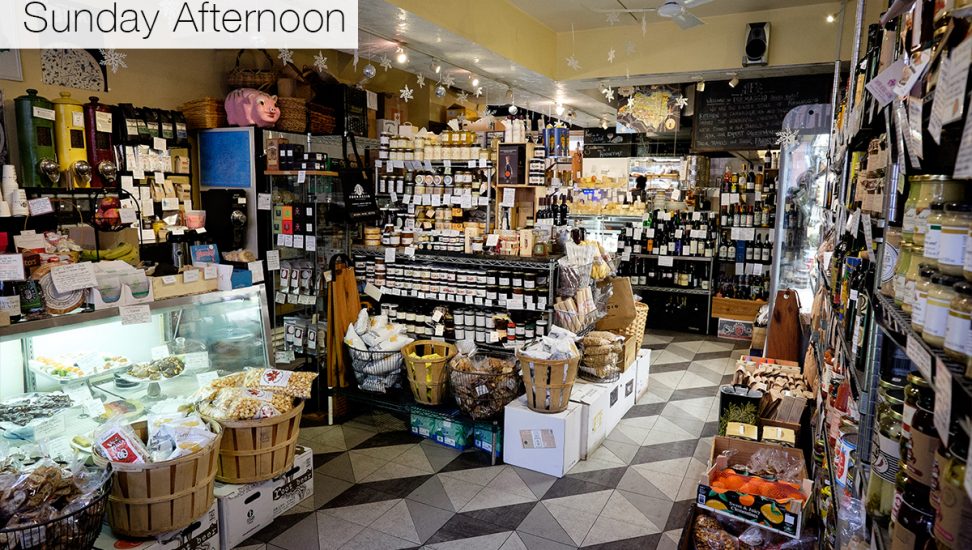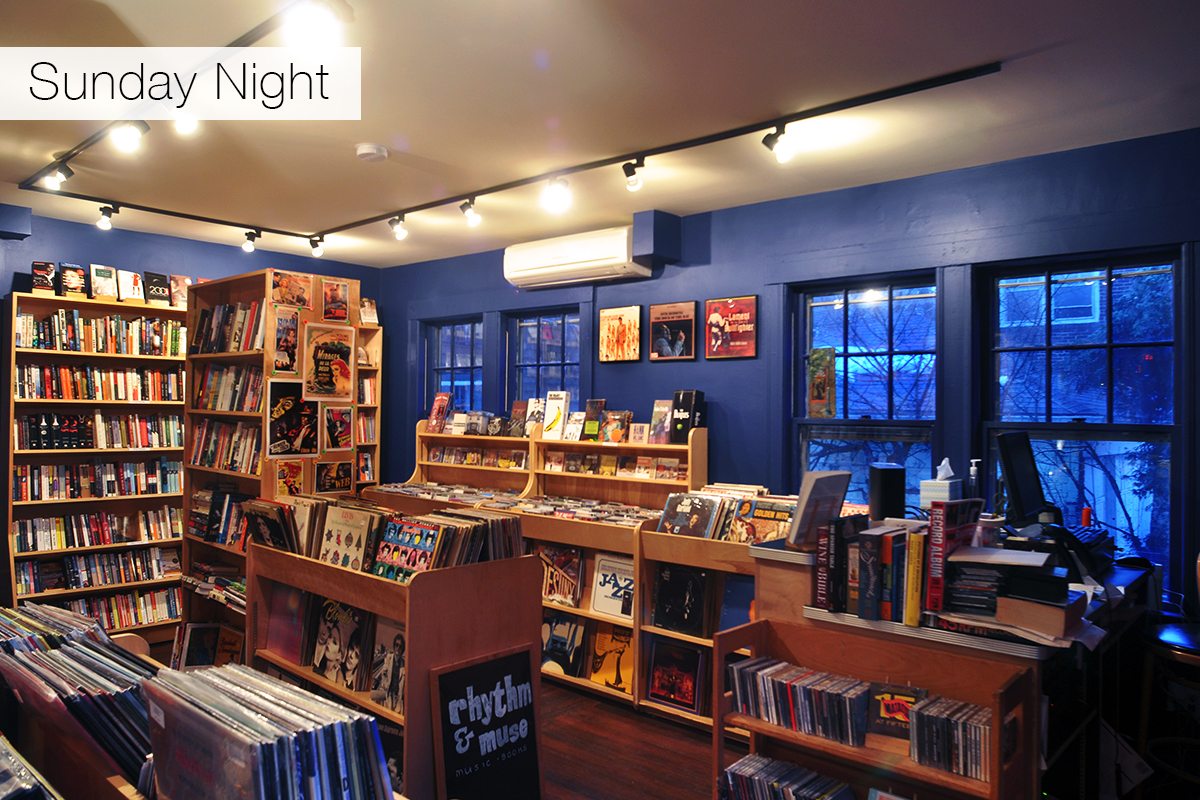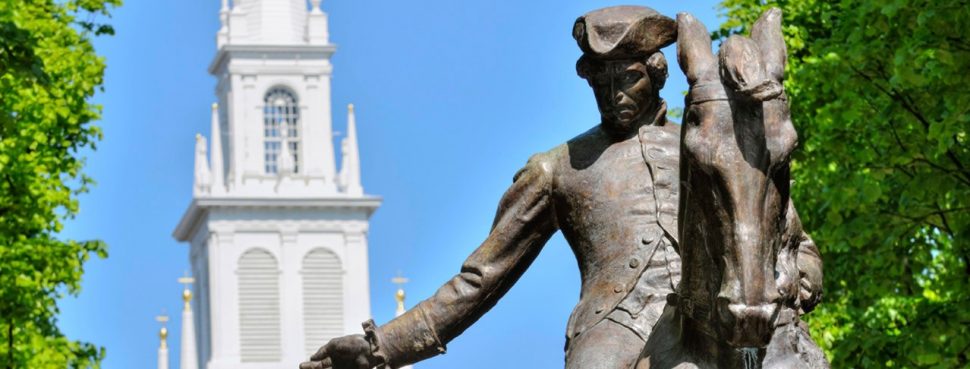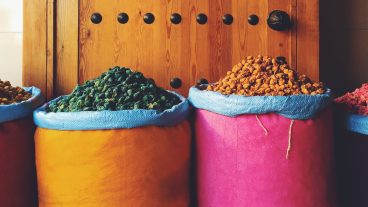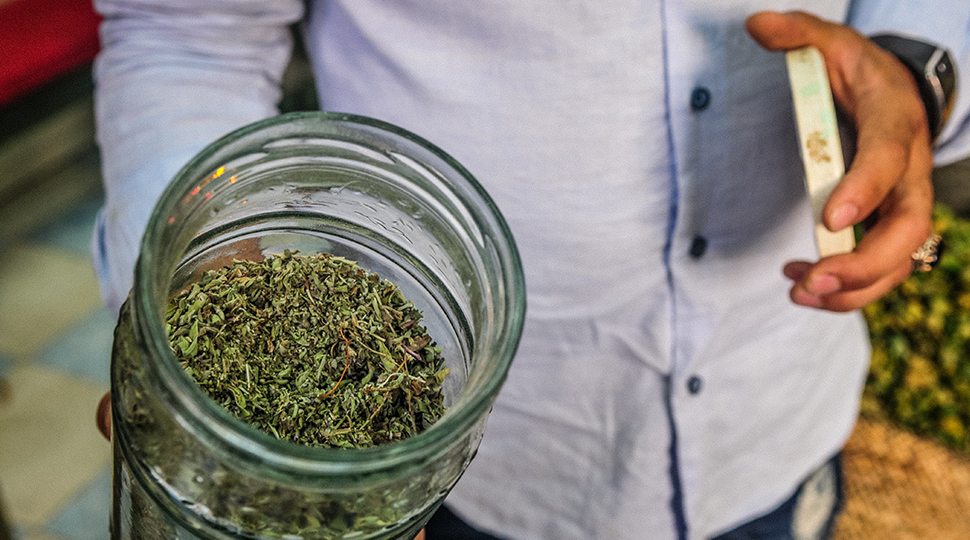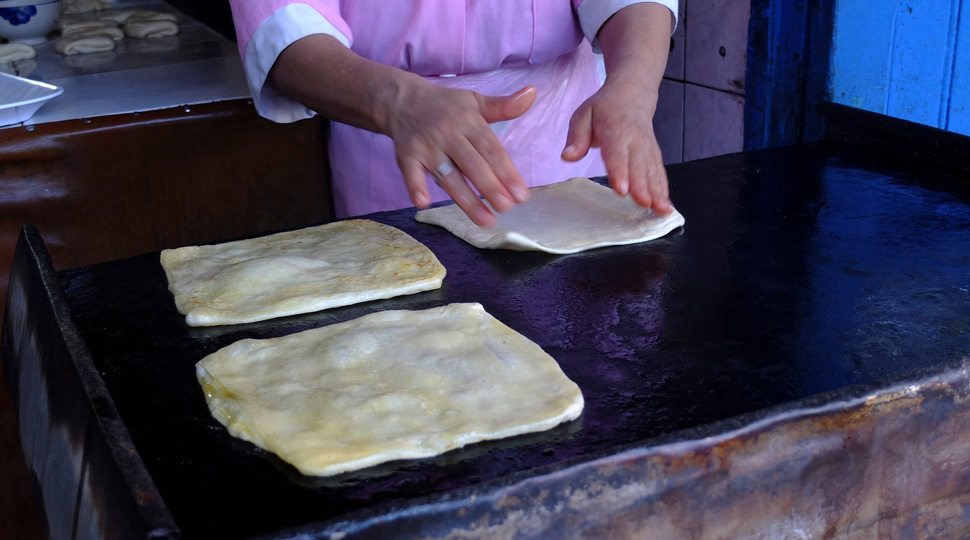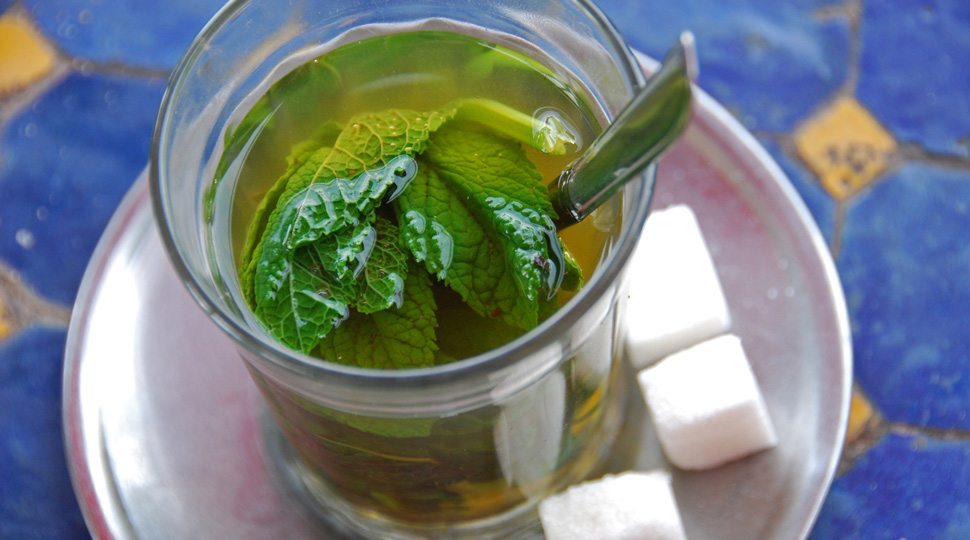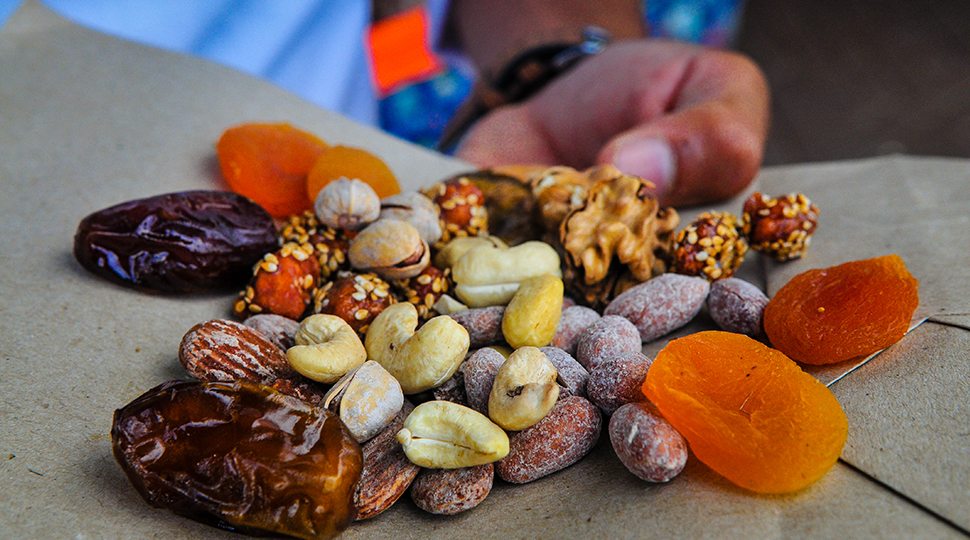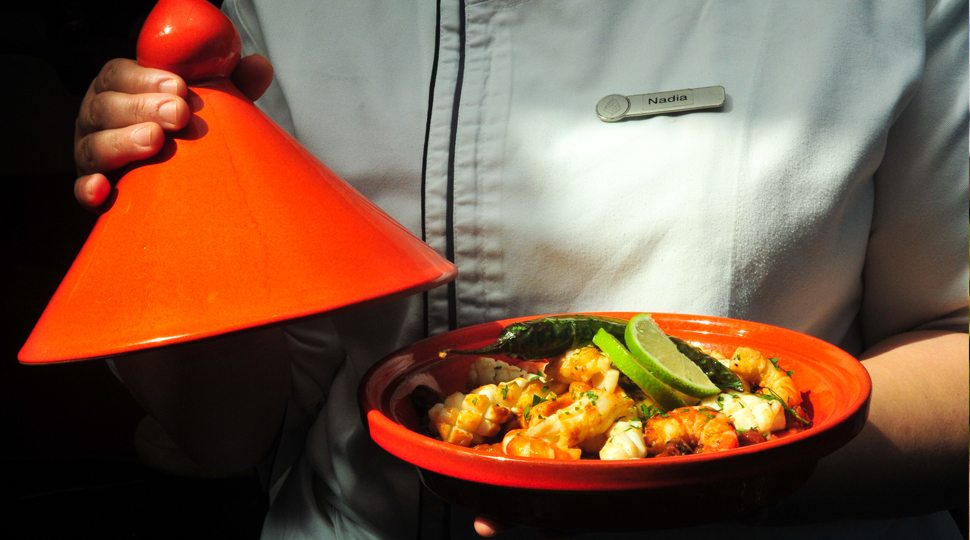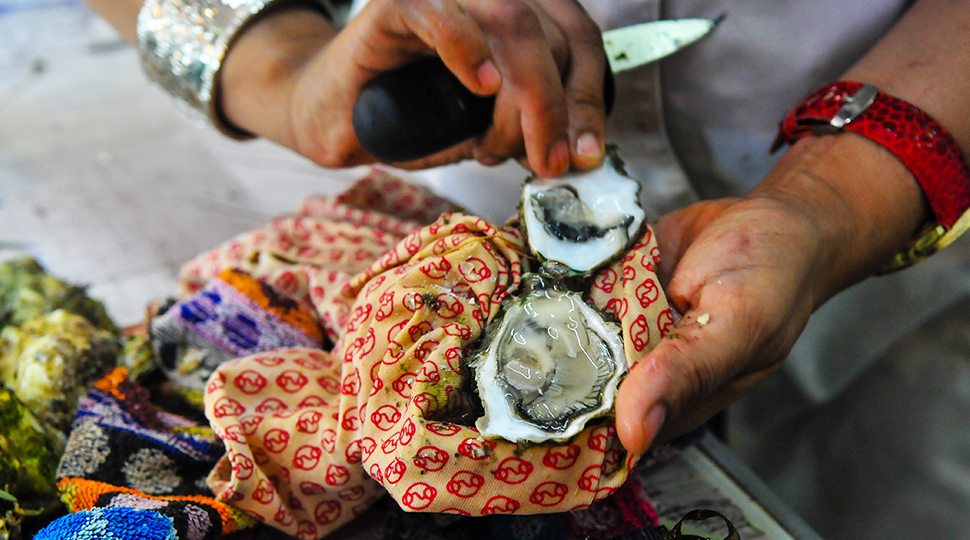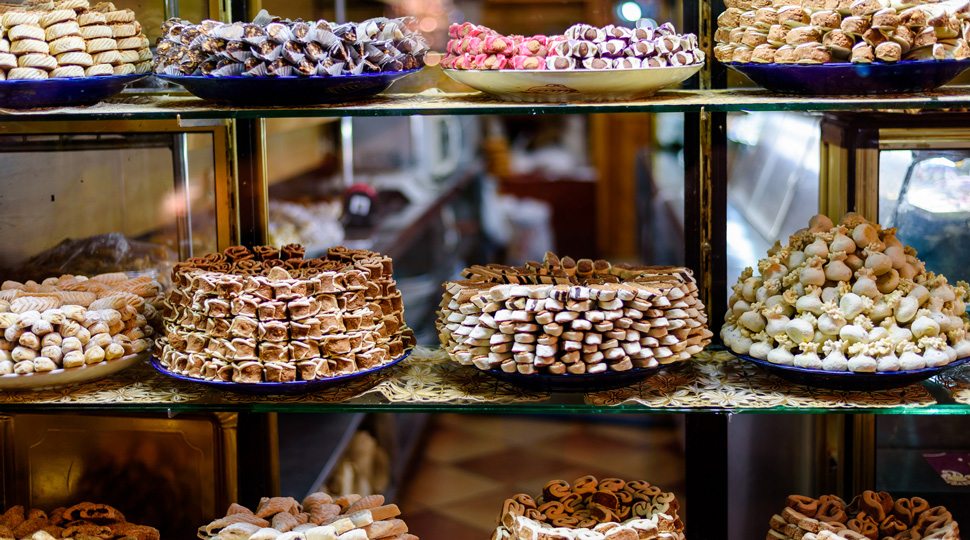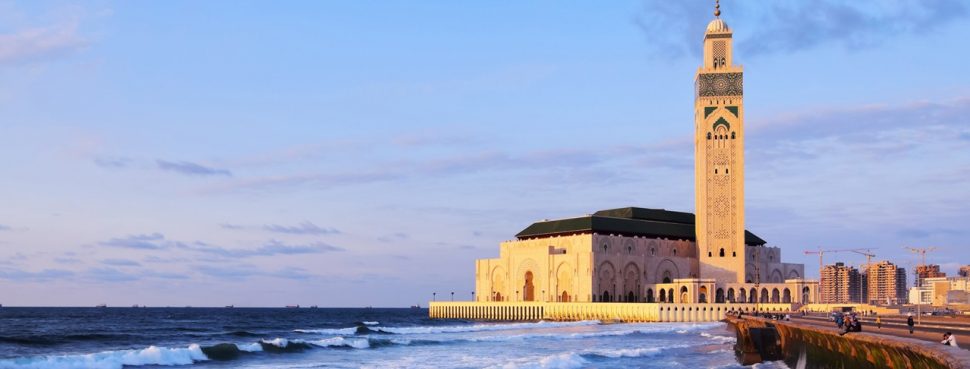Any connoisseur would agree: The most important aspect of cognac craftsmanship comes down to a sense of place. Terroir – the distinctive characteristics of the soil, climate, weather and history of the land where a cognac is made – is the very essence of the spirit. In 1738, impressed by the quality of his cognac, King Louis XV of France granted winemaker Rémy Martin exclusive permission to plant new vineyards, in what’s now known as the Grande Champagne and Petite Champagne regions, through a rare royal accord. The pale, chalky soil proved to be ideal for ripening the grapes, and by the mid-1800s Rémy Martin cognac was being sold all over the world. Today, nearly 300 years since its inception, the brand is still dedicated to using only the most aromatic grapes from the highest quality crus.
That heritage and craftsmanship is what Four Seasons guests have come to know and expect, says Torrence Swain, Head Bartender at Bourbon Steak at Four Seasons Hotel Washington, DC, known for its collection of rare cognacs and brown spirits. “Rémy Martin is one of those brands you don’t have to promote because it has a following all its own.”
Tap or click a photo to launch slideshow
Cellar Master Baptiste Loiseau extracts a sample of eau de vie.
Approximately 400 eaux de vie are blended together to create Rémy Martin XO.
The end result is a complex cognac with a rich amber hue and a velvety finish.
Rémy Martin XO won a gold medal at the 2010 Spirits Business Cognac Masters in the UK and a gold medal at the 2014 San Francisco World Spirits Competition.
Rémy Martin XO is aged longer than other cognacs – a minimum of 10 years in French oak casks.
Rémy Martin Cellar Master Baptiste Loiseau
THE MARRIAGE OF ART AND SCIENCE
“Rémy Martin has been a family business since the beginning,” says Cellar Master Baptiste Loiseau, who was born in Charente, where the brand was founded. “To be part of Rémy Martin is to be part of a family.”
At 37, Loiseau is one of the youngest cellar masters in the brand’s history. But his experience and his devotion to the craft run deep. A rich knowledge of terroir, and how to get the best from each harvest, sets his work apart. “In 1948, Rémy Martin made the radical choice of using only grapes grown in the Fine Champagne cru, where chalky soils produce the most aromatic fruit,” he says. “The quality of the grapes is different each year, as is the distillation and the eau de vie. My main responsibility is to consider the diversity while preserving the consistent style of the House.”
After the grapes are pressed, the wine goes through two distillations in copper pot stills, emerging as eau de vie, and is then aged for at least two years in oak barrels. Loiseau tries more than a thousand different varieties between November and March to decide which will go into his cognac. “We have two or three sessions a day, nosing 25 to 30 samples,” he says. “We must judge how these eaux de vie will age and are emblematic of the Grande and Petite Champagne regions.” Once he has selected the best, they are blended to achieve the end result: exceptionally aromatic and complex cognac. Up to 400 of Loiseau’s selections are blended to create Rémy Martin XO.
A ONE-OF-A-KIND COGNAC
As essential as terroir is patience. An excellent cognac reveals itself with the passage of time. Hence Rémy Martin XO is aged longer than other cognacs – a minimum of 10 years in French oak casks – and is blended using only eaux de vie from the Grande Champagne and Petite Champagne regions. This careful craftsmanship produces a deep amber cognac with a lingering, velvety rich body that hasn’t gone unnoticed: It won a gold medal at the 2010 Spirits Business Cognac Masters in the U.K. and a gold medal at the 2014 San Francisco World Spirits Competition.
While cognac is a key ingredient for several classic cocktails – think sidecars and sazeracs – the opulent blend of Rémy Martin XO is ideal on its own, often served at room temperature. “The best of the best goes into this spirit,” says Torrence Swain, Head Bartender of Bourbon Steak at Four Seasons Washington, DC. “I encourage our guests to enjoy it neat, as it was originally intended.”
Loiseau agrees. “I prefer it as an aperitif or a digestif with a large ice cube,” he says. “With ice, the consistency and richness of the distillation process are best appreciated.”
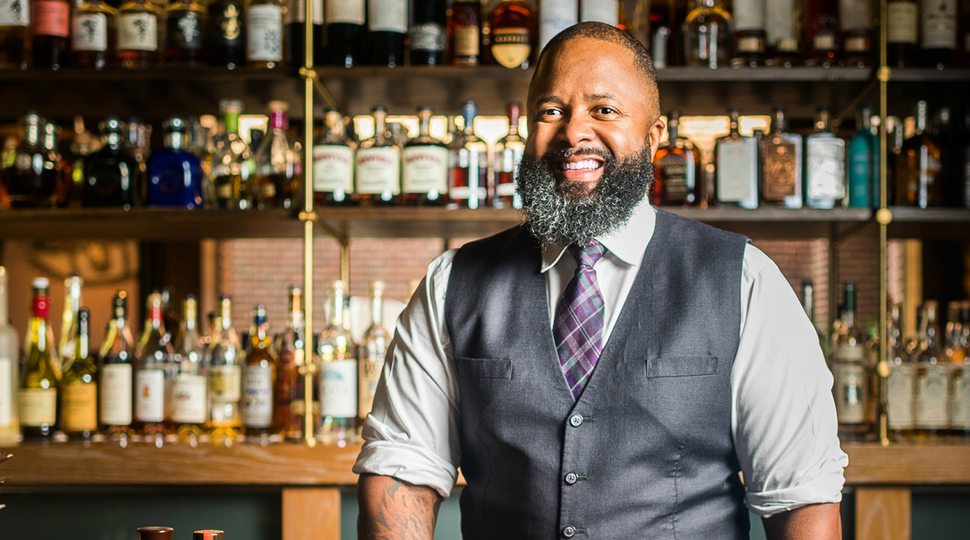
Torrence Swain, Head Bartender of Bourbon Steak at Four Seasons Washington, DC
PERFECT PAIRINGS
“Cognac is traditionally served in a snifter – a bell-shaped glass with a small opening that encourages aromatics in the spirit to meet the nose,” Swain says. “You’re going to get nuanced notes of grapes, nutmeg and even some mild chocolate.” Pairing options for Rémy Martin XO are infinite, but Swain does have a few favourite combinations. Click through for his suggestions.
Created in partnership with Rémy Martin

